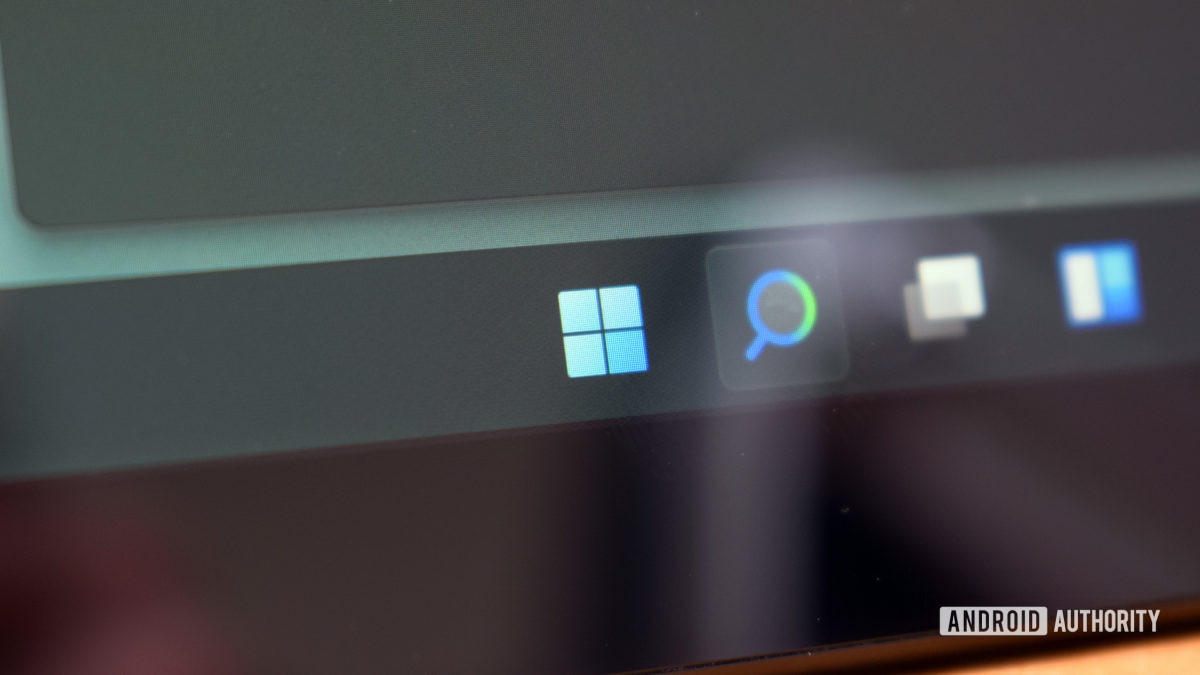
If you’ve been searching for a new laptop, you may have spotted some of the more recent Windows on Arm models that have hit the market recently. The landscape is a little livelier than in previous years. Current models like the new Xiaomi Book S (€699) augment the existing range with a more mainstream price point, while the HP Elite Folio ($2,942) aims to wow at the ultra-premium end of the market. The Samsung Galaxy Book Go (£399) accommodates the budget-conscious, rivaling the value posed by Chromebooks. There’s a Windows on Arm laptop for virtually everyone these days, unlike a couple of years ago.
There’s no denying that the ecosystem has come on leaps and bounds in the past couple of years. App support is better than ever with fully native (ARM64 ABI), partially native (ARM64EC ABI), and full 32/64-bit emulation in Windows 11, allowing developers to ease into the ecosystem and support their apps at the pace that suits them. Microsoft is becoming more ambitious with Project Volterra, its first Arm-based PC targeted at developers looking to leverage its Qualcomm chip’s AI processing capabilities. The platform is finally aiming to build applications that haven’t been possible on the long-running x86-64 architecture.